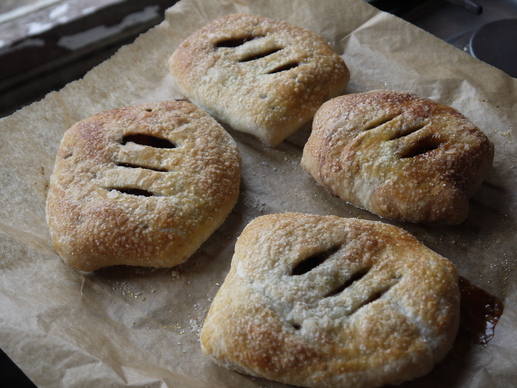BITTER SWEET
Posted on
While we all contemplate the radical yellow and blue split that is now the UK, we have to remember that this is only a map pertaining to representation in Westminster. It is to be hoped that the Holyrood elections next year will introduce a healthy palette of other colours. I’m as happy as the next SNP voter with the strong vote of confidence in Nicola Sturgeon, the unprecedented landslide, and the party’s aim to have a louder voice in Westminster; but in both Scotland and England, both parliaments lack the balance of opposing views. In England especially, it will make for a right-wing climate that will be difficult to change.
It is cruel indeed that Sturgeon has been robbed of the opportunity to join forces with another party to take on the Tories over Trident, the NHS and education; but the failure of Labour to create any kind of understandable manifesto in both Scotland and the rest of the UK has been her undoing.
And how skilfully the Tory strategy has exploited that weakness. A leader who can’t eat a bacon sandwich, can’t make up his mind what he wants, and sinks £30k into a ridiculous Edstone, has been woven into a demonised portrayal of the Scottish Nationalists to create a distorted vision of the political landscape that polarised the vote. Afraid of a Labour/SNP alliance, the English voted for the Tories; with no credible Labour party responding to the changes brought by devolution, the Scots voted SNP.
Hitler seized power in Germany in 1933 with a similar plan; by removing the Catholic Centre Party from the electoral landscape with the connivance of the Vatican, he robbed the middle ground of 23m votes and forced Germany to choose between Communism and Fascism.
With that relentless focus on creating fear over the economy and the ‘disaster’ of a Labour/SNP alliance involving ‘the most dangerous woman in Britain’, Cameron has destroyed the Liberal Democrats, inflicted serious damage to the Labour party (although Milliband was a great help in this instance), and castrated the SNP.
Not so long ago, it was possible for people in all walks of life to get a job and be paid a living wage. Property was affordable and home ownership was not dependent on crippling mortgage payments. How strong is our economy really, when many people work with zero-hour contracts, and jobs do not deliver a living wage, forcing people to be dependent on the government by claiming tax credits? Tax credits equals another word for benefits, distorting the real picture of UK employment.
That Tory majority now makes the £100bn waste of money that is Trident a certainty, all the more galling for the fact that Scotland will be forced to host it, and the devious sell-off of the NHS unavoidable. With the Daily Mail already indulging in hysterical (and hysterically funny) anti-Scottish propaganda, the rift will widen.
On the plus side, the SNP has presented us with 50 brand new MPs, many of them young, and many of them women, who will offer a fresh political face in the jaded, corrupt old boys’ club that is Westminster. Sturgeon needs to keep her head down, keep doing what she’s doing and keep the faith; the positive response to her integrity, her willingness to engage with voters and her concentration on political goals are great assets. It will be interesting to see how her MPs perform in what promises to be a hostile environment.
I wonder, too, if Cameron’s real agenda is to cut Scotland loose; if he believes in the ‘stronger together’ notion, what is the attraction? Politicians never do anything for sentiment; with Scotland politically as diametrically opposed to the rest of the UK as it is now, what is the driver for continued Union? With the rest of the UK largely blue and Scotland almost entirely yellow, the question is: What kind of a Union is possible now, when the rest of the UK’s electorate has been trained to be afraid of the Scottish electorate?
